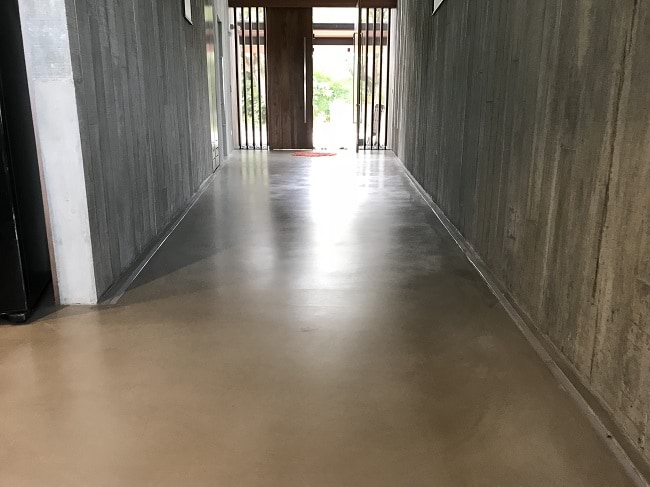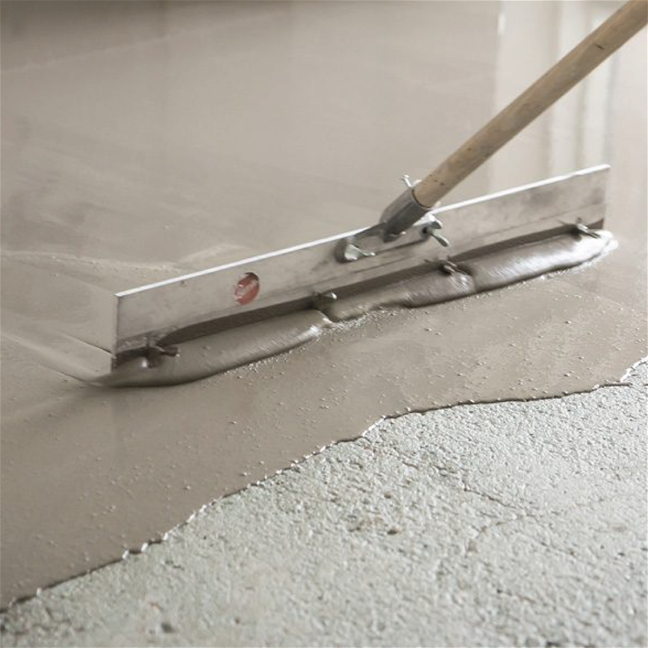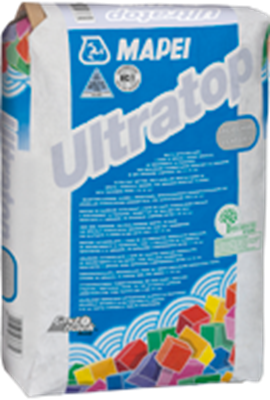Concrete toppings are formulated to function as abrasion-resistant wearing surfaces with high-compressive strengths to handle residential to commercial applications e.g. mall stores, restaurants, hotels, residential units...including industrial warehouse floors subject to continual vehicular traffic. Decorative toppings can be stained, carved and polished, making them a great alternative to traditional flooring. Examples of toppings are products in the ULTRATOP Range.





